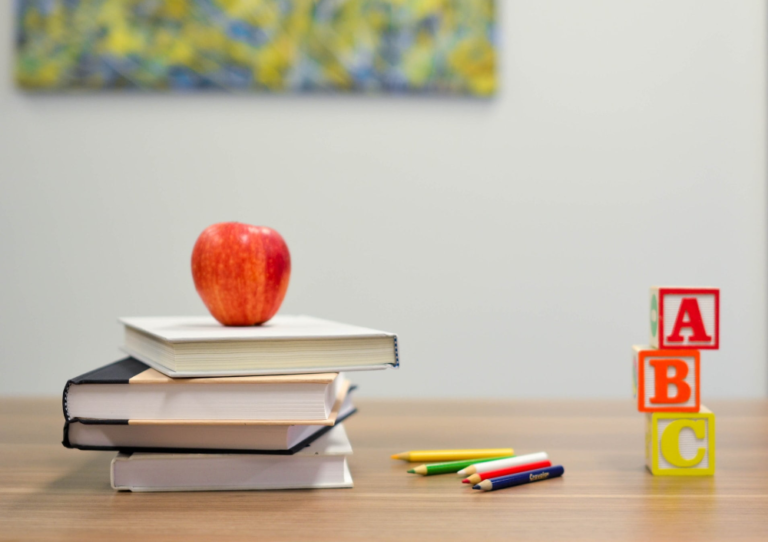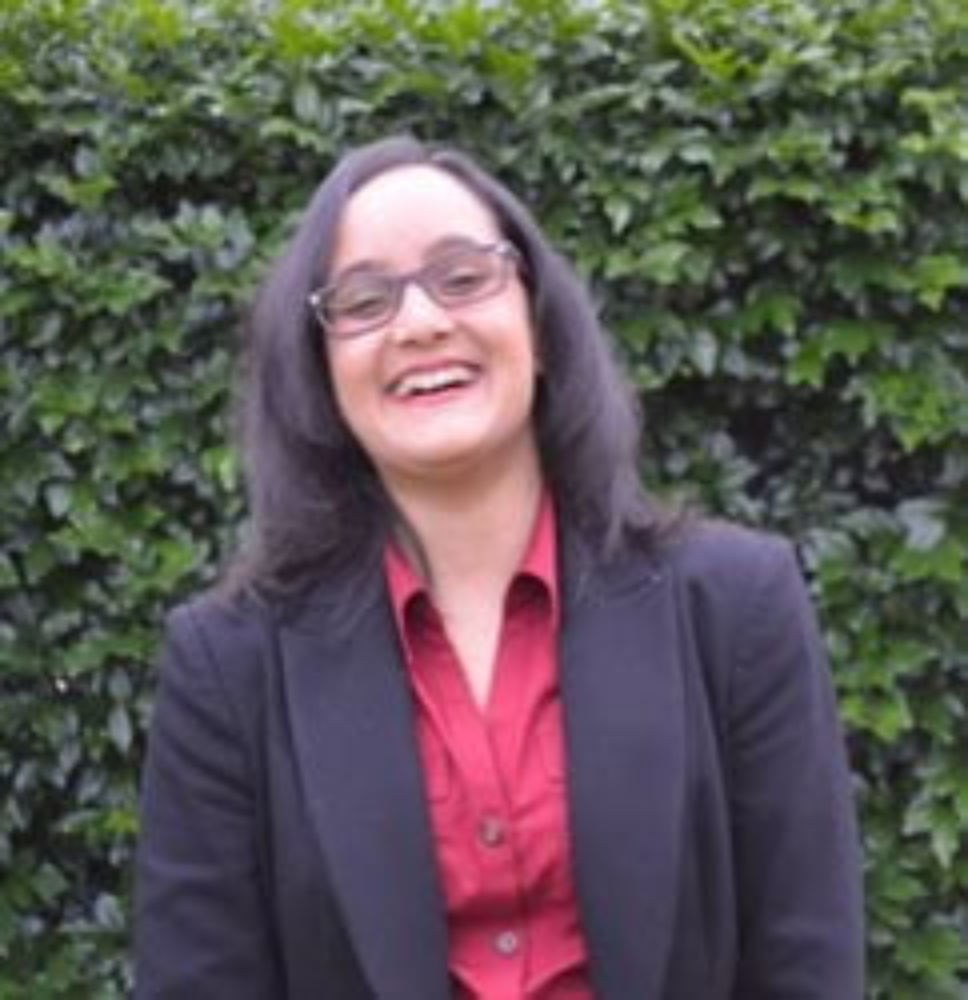Main Menu



Roshni is a Geospatial Scientist and Soft Skills Enthusiast, working to harness location intelligence to create tangible change for society. She loves dogs (but not cats) and reads copiously at every opportunity. Roshni strives to be a thought leader, a compassionate disruptor, a connector and someone who gets things done. Having traversed environmental science and management, human geography, palaeoclimatology and business, in her lifetime she want to help shift the culture of the geospatial industry to adopt new ways of thinking and technologies ethically to leverage location to change the way society conceptualises and enacts sustainability across all industries.
Learn how unconscious bias creates social divisions and how to be aware of them so you can work to overcome them.
The human brain is an efficient machine which filters incredible amounts of data about the world around us from all of our senses in every second. For our brains to cope with this overload of information, we – from the moment we are born – create assumptions and ‘rules’ to help us to operate in the society around us.
At home, we are often exposed to people who tend to be reasonably similar to us. However, in schools and workplaces, we get exposed to a wide variety of people who are both similar and different to us in many ways. At school, children often meet other children who are somewhat different to them for the first time, and can often be quite candid in expressing this.
Much of the time, young children are open-minded when it comes to seeing and meeting people who look or behave differently to them. Children are often able to leverage their naivety constructively, identifying differences and being willing to overcome these positively and proactively.
If young children are able to do this, why then do we find ourselves in a society that is still so fraught with social injustice, inequality, and division?
As we grow through childhood and onwards into adulthood, the types of assumptions we make get cemented based on the thoughts, emotions and behaviours of those around us. This influence comes from our immediate family members, our friends and extended family members, what we see on television and the internet, the news channels we are exposed to, and so on.
Importantly, we form certain views, beliefs and assumptions about the people in the world – around age, gender identity, physical and intellectual abilities, sexual orientation, weight, race, and many other things. These are the legacy of generations of thinking and behaving in social hierarchies where parts of society are treated as ‘other’, distrusted, disliked or excluded.
Sometimes we are conscious of the assumptions we hold towards certain groups of people, but often we are unaware of our own prejudices – they are unconscious, and therefore more insidious.
These unconscious ways of thinking and behaving that come from society at large will continue to create social divisions unless they are challenged – and that challenging starts on an individual level.
If we don’t strive to be conscious of them, to be aware of them and work to overcome them, they will cement themselves in our children and result in our children growing into adults with unconscious bias who then keep perpetuating the cycle.
In many workplaces and social situations where people with different identity aspects come together, unconscious and conscious biases around what these differences mean result in tension and trauma.
Microaggressions are one of the most common manifestations of this.
Microaggressions are everyday verbal, nonverbal, and environmental slights, snubs, or insults, whether intentional or unintentional, which communicate hostile, derogatory, or negative messages to target persons based solely upon their marginalized group membership (Derald Wind Sue, PhD).
These are often not malicious or intended to cause harm. However, to those on the receiving end, they feel devalidating, discriminatory and excluding. These can take many forms, such as:
Microaggressions occur in the classroom, too. And making children more aware of the impact of them from an early age will give them many advantages as they progress through life.
By cultivating diversity in STEM and non-STEM schools, students could become more caring and empathetic. They are also able to raise their awareness to unconscious bias and emotional intelligence, which are also skills in great demand in the workplace. This can be done effectively by parents and teachers through modelling positive behaviours, such as:
Teachers and parents are in a leadership position when it comes to guiding children around awareness of, and response to, conscious and unconscious bias. This means that we, as teachers and parents, are responsible for facing our own unconscious biases and assumptions around the world, and reflecting on how we would like to behave to set examples for our children.
Learn more about the major benefits of diversity in STEM here.
She Maps is Australia’s leading expert in drone and geospatial education.
She Maps assist schools with the purchasing of drones, school-industry created drone and geospatial teaching resources and highly supportive teacher professional development.
Ready to buy drones for your school? We are an authorised DJI reseller in Australia

Subscribe by email and never miss a blog post or announcement.

She Maps aims to bring much needed diversity and support to STEM. We do this by providing drone and geospatial programs to teachers and schools across the globe.
At She Maps we acknowledge the Traditional Custodians of Country throughout Australia and their connections to land, sea, and community. We pay our respect to their Elders past and present and extend that respect to all Aboriginal and Torres Strait Islander peoples today.
Aboriginal and Torres Strait Islander peoples are advised that this site may contain names, voices, or images of people who have passed away.
Learn the 6 Steps to Launching a Successful Drone and Geospatial Program at your School
Take our resources for a spin and join the thousands of teachers who love our ready-to-teach classroom materials. Try one of our complete units of work for free.

